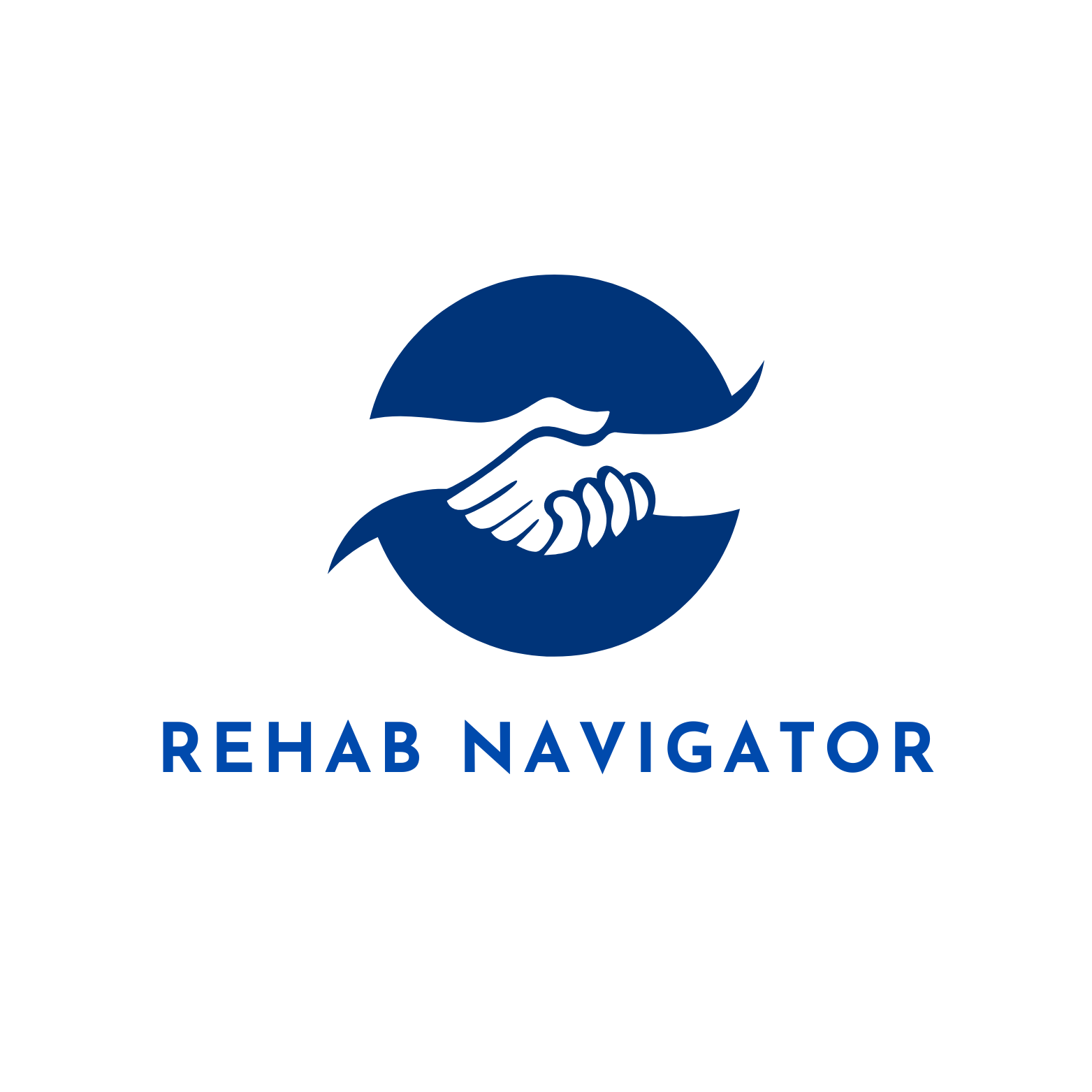Navigating Insurance for Mental Health and Substance Abuse Care
- Yasmin Maghsoudloo
- Jan 21
- 2 min read

Accessing mental health and substance abuse care can be a crucial step toward recovery, but the financial aspect of treatment often raises concerns. Navigating insurance coverage for these services can feel overwhelming, yet understanding your options is essential to minimize stress and maximize your benefits. Here’s a guide to help you navigate the complexities of insurance for mental health and substance abuse care.
1. Understanding Your Insurance Plan
The first step is to review your insurance policy carefully. Look for details regarding:
Mental Health and Substance Abuse Coverage: Most plans are required to cover these services under the Mental Health Parity and Addiction Equity Act (MHPAEA), meaning coverage for mental health and substance abuse care should be comparable to medical and surgical benefits.
In-Network vs. Out-of-Network Providers: In-network providers typically cost less than out-of-network ones. Check your plan’s directory for a list of covered professionals and facilities.
Co-pays, Deductibles, and Out-of-Pocket Maximums: Understand what costs you’re responsible for and how much insurance will cover once you meet your deductible.
2. Knowing the Types of Treatments Covered
Different insurance plans may cover various aspects of mental health and substance abuse treatment, including:
Inpatient and Outpatient Care: Most plans cover both, but coverage levels might vary.
Medication-Assisted Treatment (MAT): Essential for some individuals, especially those recovering from opioid addiction.
Therapy Sessions: Includes individual, group, and family counseling.
Holistic Therapies: Some plans may cover complementary treatments like yoga, meditation, or acupuncture if part of an approved program.
3. Steps to Verify Coverage
Contact Your Insurance Provider: Speak with a representative to confirm coverage details. Have your policy number handy.
Request a Summary of Benefits and Coverage (SBC): This document outlines what your plan covers, including mental health and substance abuse treatment.
Check Pre-Authorization Requirements: Some treatments require prior approval from your insurance company.
4. Financial Assistance Options
If your insurance doesn’t cover all costs, there are other resources to explore:
Sliding Scale Fees: Some providers adjust fees based on your income.
State and Federal Programs: Medicaid, Medicare, and the Affordable Care Act (ACA) Marketplace offer options for low-income individuals.
Employer Assistance Programs (EAPs): Many employers provide short-term counseling and resources for mental health care.
Nonprofit Organizations: Groups like SAMHSA and NAMI offer financial aid and information about low-cost treatment centers.
5. Tips for Handling Insurance Issues
Insurance claims can sometimes be denied or delayed. Here’s what you can do:
Appeal Denials: If your claim is denied, request a formal appeal. Provide documentation from your healthcare provider supporting the necessity of treatment.
Document Everything: Keep records of all communications with your insurance company, including phone calls, emails, and mailed correspondence.
Seek Advocacy Support: Patient advocates or legal assistance services can help resolve disputes with insurance companies.
6. Planning for Long-Term Care
Recovery is an ongoing process, and maintaining your mental health may require ongoing support. Ensure you have a plan for:
Regular therapy or counseling sessions.
Medication management.
Support groups or aftercare programs.
Conclusion
Navigating insurance for mental health and substance abuse care might seem daunting, but understanding your plan and exploring all available options can make the process smoother. Prioritizing your mental health and recovery is a crucial investment in your future, and insurance can help make this care accessible and affordable. Take the time to review your coverage, seek assistance when needed, and focus on your path to wellness.




Comments